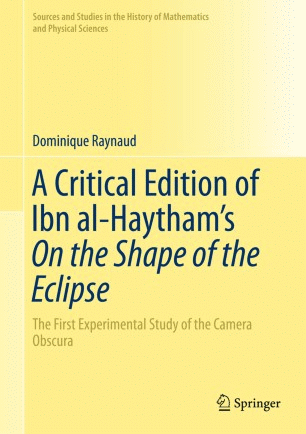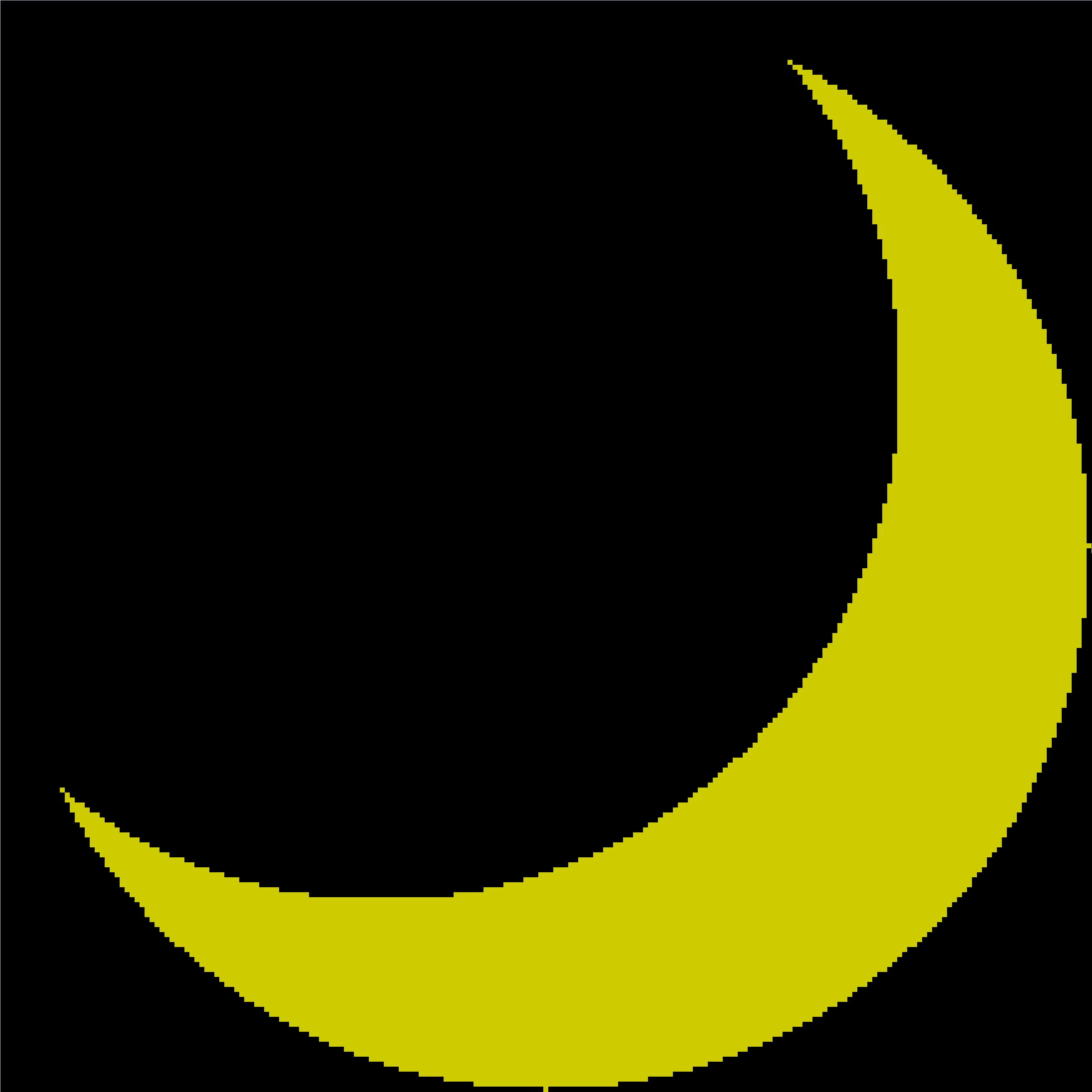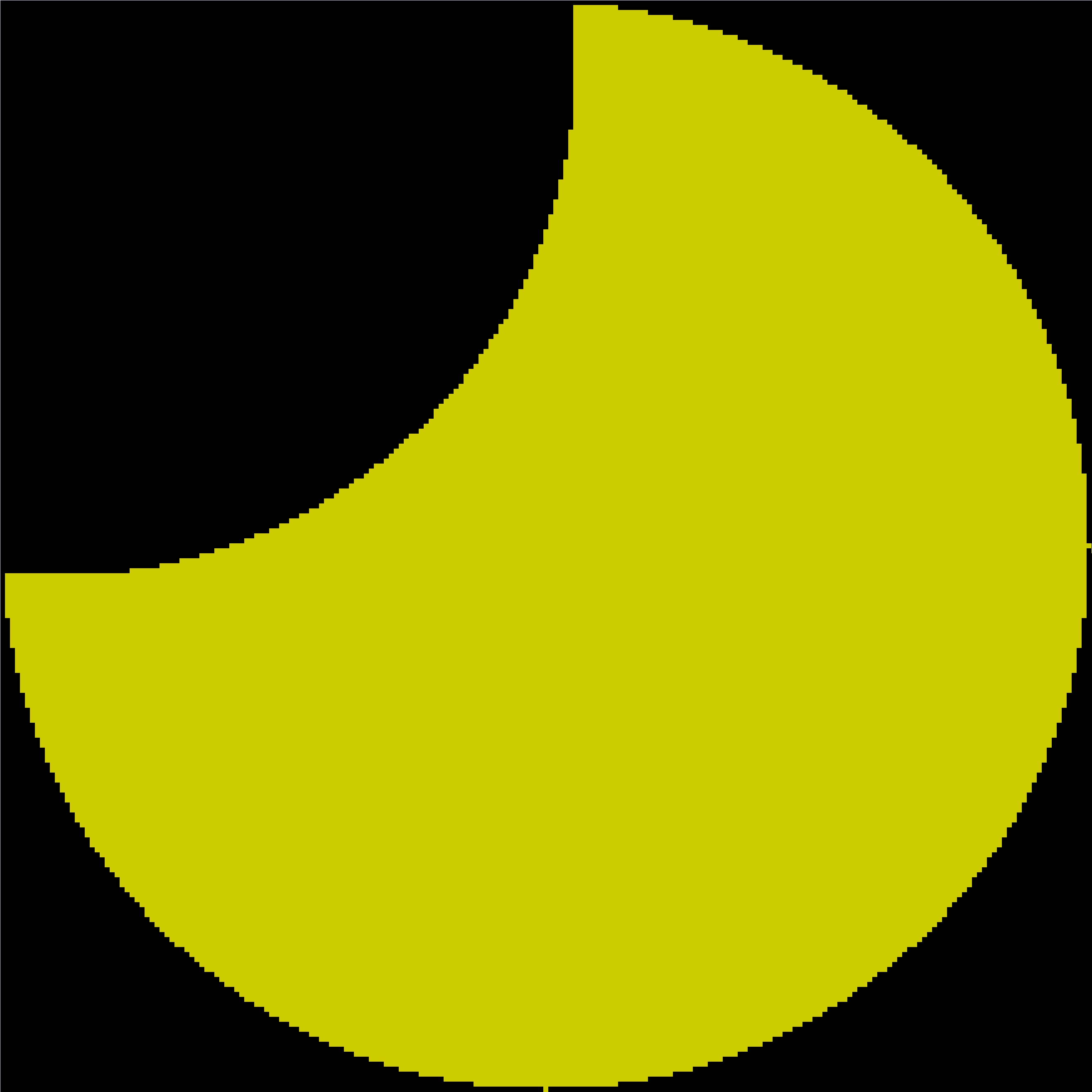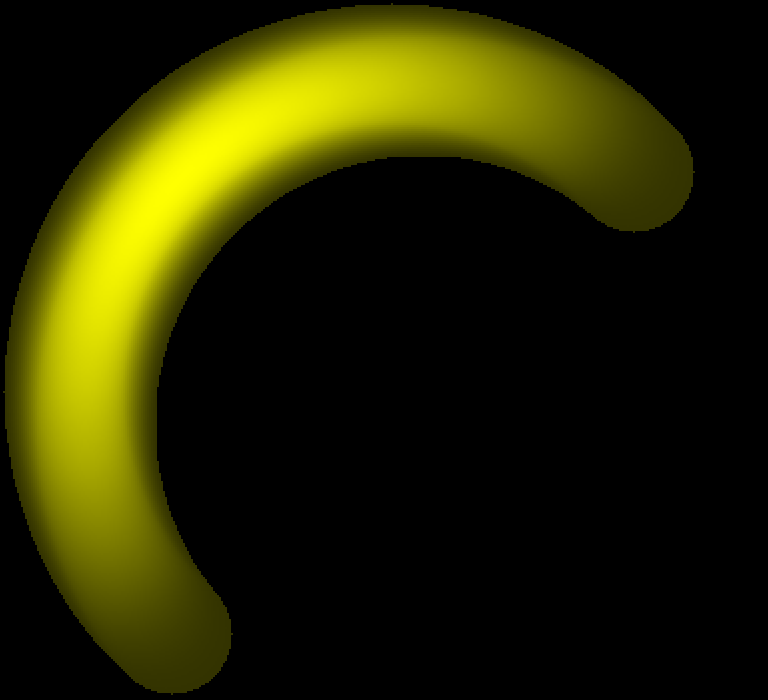Ibn al-Haytham and the Camera ObscuraIn October 2021, the Second International Prof. Dr. Fuat Sezgin Symposium on the History of Science in Islam has been held in Istanbul. As in 2019, it is my wish to present a new paper and a new workshop on the optics of Ibn al-Haytham. In 2021, I would like to focus on
For many people, the concept of sight is so obvious that they do not ask questions anymore. Doing experiments might help to investigate the topic of sight and light more thoroughly. Working with the apparatus encourages people to rethink the basic principles. Some people want to be challenged. Therefore, finding an explanation for the unexpected shape of a solar eclipse through a pinhole in a camera obscura is the ultimate challenge. The aim of the workshop is that people will remember for what reason Ibn al-Haytham was a genius and a master. In his treatise On the Shape of the Eclipse, Ibn al-Haytham investigated the image of a crescent solar eclipse through a pinhole of a camera obscura. Since 1940, a small group of authors elaborated on Ibn al-Haytham's texts, to name a few: Nazif, Sabra, Smith and Raynaud. Since the fifteenth century, Western scholars tried to master the topic but it took until the seventeenth century before their were right solutions.
|
Solar Eclipse on 10 June 2021
There was a solar eclipse on 10 June 2021. We were curious to develop a low-cost experiment to take pictures of this eclipse. The first attempt was with binoculars that we had mounted in a banana box. We projected the sunlight onto a second box, covered with white paper. The image through the binoculars was sharp and clear. In the Netherlands, the eclipse was only partial. Notice that the bite that the moon takes from the sun is at the top.
We were warned that the intensity of the sunlight can damage binoculars. Besides, good binoculars are not cheap. Therefore, we did a second experiment.
The second attempt was with waste material like a cardboard tube one meter long and five centimeters in diameter. The tube was masked off with duct tape to a small opening of one mm. The image was about one cm in diameter, less sharp, and less bright but the contour of the eclipse is visible. Notice that the bite that the moon takes from the sun is at the bottom. The experimental setup produces a top-down / left-right image. The camera software decided that the color of the shade was blue. The costs of this experiment were limited to a tripod, waste material, and duct tape. Still, the experimental results were of sufficient quality: one could clearly see the image of the solar eclipse, but of course, fainter.
History of the Camera Obscura
Ibn al-Haytham did many experiments with a camera obscura to investigate the nature of light. In the 1940's, Nazif studied Ibn al-Haytham work and made drawings to explain Ibn al-Haythams ideas. One of them is that light goes into all directions from each and every point of the surface that emits light. Nazif presented an interesting drawing with multiple cones. In order to emphasize these cones, color is added in the right picture. In this drawing,there are three points and thus three cones.
In his critical edition of Ibn al-Haytham's Eclipse, Raynaud presented drawings from a selected number of manuscripts of Ibn al-Haytham. In this drawing,there are three cones of light, each producing a crescent (solar eclipse or crescent moon).
All above images show three upside down crescents, while Gemma Frisius only mentions one crescent in his book in 1545.
One century later, in 1671, père Chérubin d' Orléans presented a drawing with three cones, but for some reason, the straight lines are broken in the aperture. According to the text there is no lense, but the broken lines do suggest lenses.
Mihas published his article A Historical Approach to the Teaching of the Linear Propagation of Light, Shadows and Pinhole Cameras in 2005. He presented the same three cones and a computer simulation to predict the final shape: the image of a crescent looks like a peach!
Geogebra Animation Solar Eclipse
Thousand years ago, Ibn al-Haytham investigated the shape (image) of a crescent solar eclipse through a pinhole of a camera obscura. For a large aperture, the shape looks distorted. To explain this phenomenon, you have to understand that the sun has a width, namely an arc angle of half a degree. Ibn al-Haytham proposed a point-by-point construction to determine for each and every point which lightrays produce the shape. For every point, the amount of light is the addition of all the rays that come together in that single point, and all the points together produce the entire shape.
- Powerpoint Presentation Symposium.
Powerpoint Presentation Symposium.

Treatise and Computer Simulations
Raynaud wrote a critical edition of Ibn al-Haytham's treatise "Epistle on the Shape of the Eclipse" ("Māqala fī ṣurat al-kusūf)"). Raynaud did computer simulations too. The result being the same: the image of the crescent looks more like a peach than a croisssant. My simulation shows similar results. The top rows show the crescent, the bottom row the image at 2500 mm distance and aperture diameter 11 mm.
The image of the eclipse becomes much better with a smaller aperture of radius 1 or 2 mm.
Shape of the F
The Istanbul Museum of the History of Science and Technology in Islam exhibits a beautiful miniature camera obscura. At the front, visitors can open a window to look inside. In front of another wall is a very small hole. In front of that hole is a metal plate with the letter F cut out. A bright halogen bulb spreads light when visitors press a button. Through the front window, visitors see the letter F upside down. After this experiment, the visitors will remember what a camera obscura does: it projects images upside down.
The llamp and the metal plate are fixed with bolts. In my contribution to the proceedings, I will discuss a few questions. What will happen:
- when you switch off the halogen lamp standing near the metal plate F and the hole?
- when you move the lamp backward or forward?
- when you move the metal plate backward or forward or to the left or to the right?
Ibn al-Haytham would have loved this experimental setup. He would have done many more different experiments to prove the audience the essence of his theory. He would ask what happened to the shadow of the metal plate with the F cut out.
GeoGebra
The GeoGebra animation focuses on the outer wall of the building. It shows the image of the letter F on a wall when it is lit by a huge halogen light bulb at a near distance. The experimental setup uses a metal sheet in which the letter F has been cut out. So, light falls through the F, and light is blocked by the frame. The question is what will be the image of the letter F on the outer wall?
- Is it an F, or will it be an inverted F?
- Will one see the contours of the F?
- Will one see the shadow of the frame around the F?
Ibn al-Haytham explains that one should produce a real pointwise construction to obtain valid results. Purpose of this animation is to visualize this pointwise approach.
The animation shows the halogen light bulb and a point moving along a spiral in that lamp. It creates a rectangular grid over the F and its frame. It draws rays from hundreds of points on this spiral to all the points in the grid. It generates thousands of rays for an accurate view.
- Powerpoint Workshop Fatih Sultan Mehmet Vakif University.
A workshop has been performed at Fatih Sultan Mehmet Vakif University.


 YouTube: Apparatus for the Observation of the Reflection of Light
YouTube: Apparatus for the Observation of the Reflection of Light





















 Start animation
Start animation











